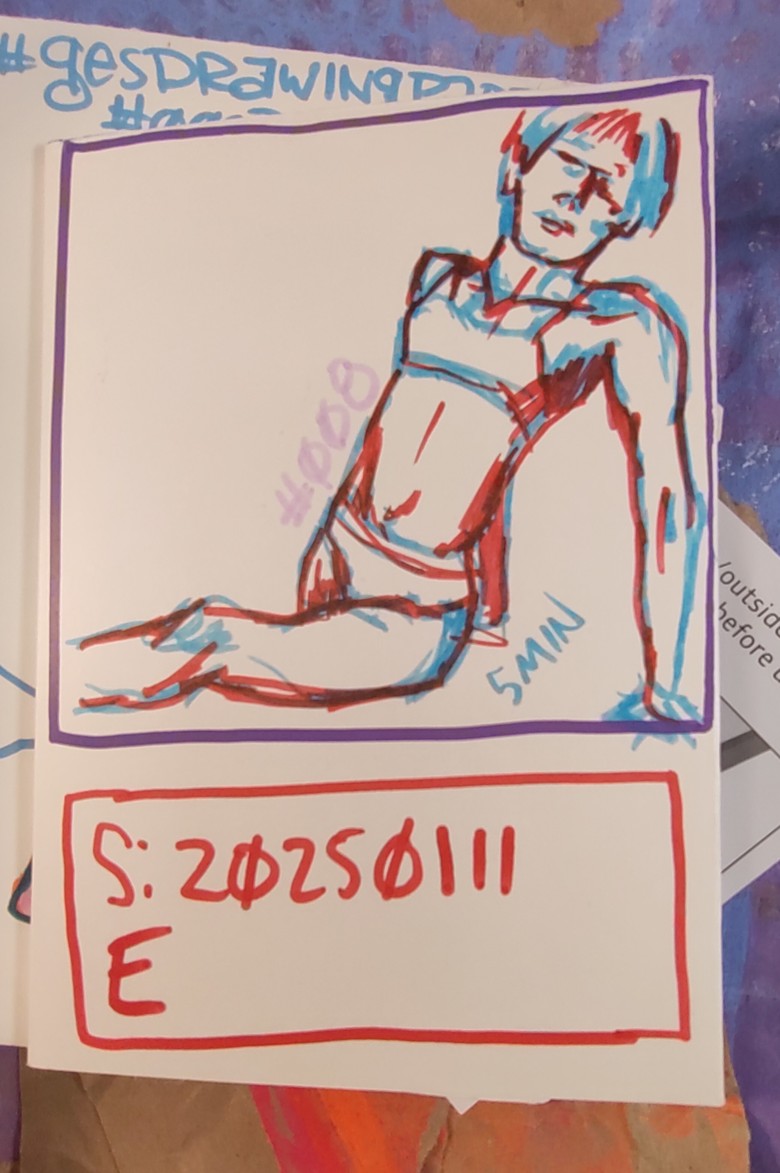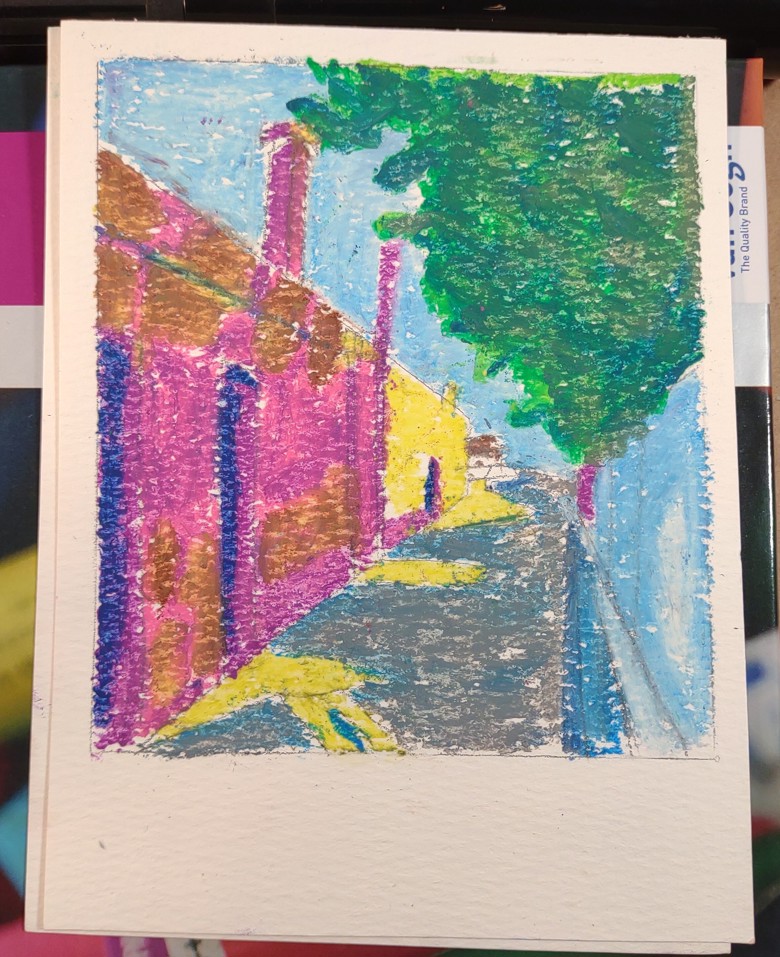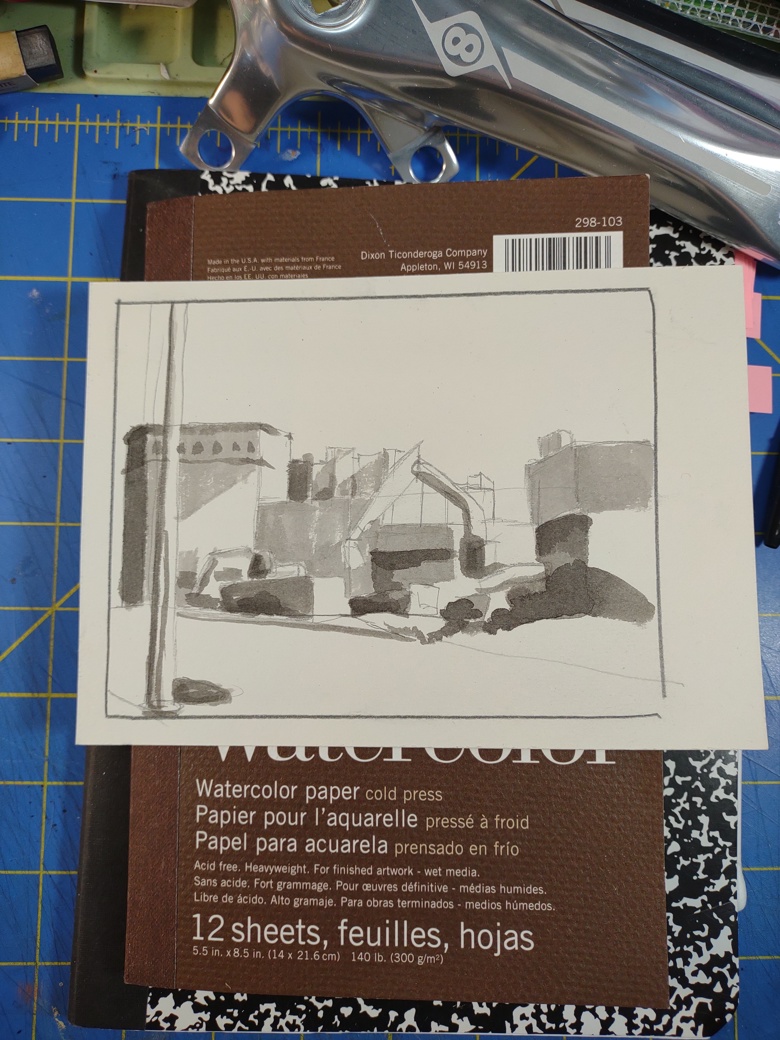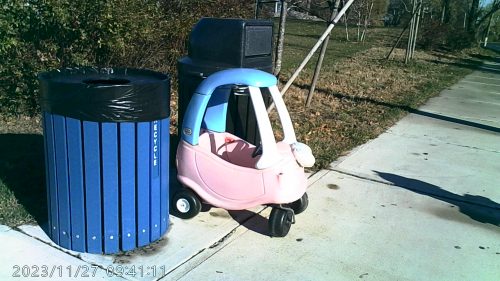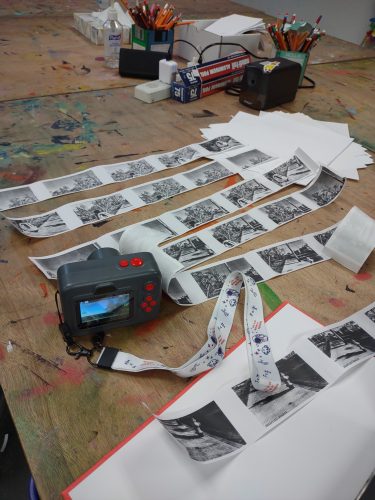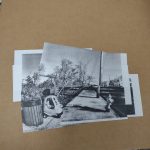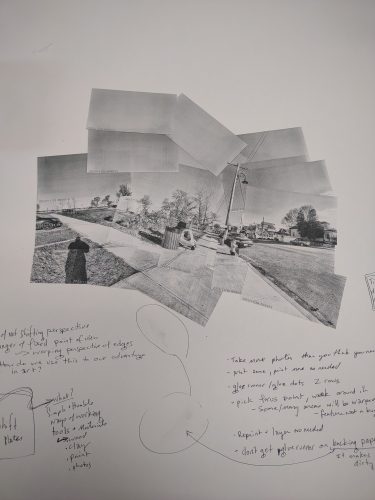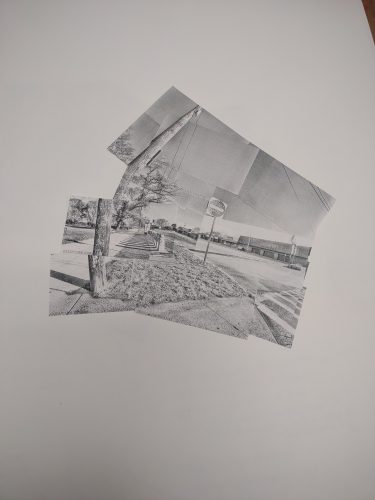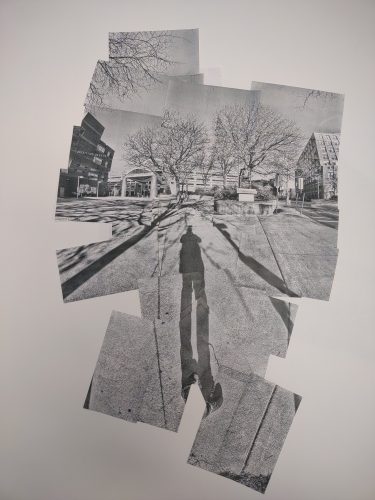I’ve been doing these car* drawings for a few months now. It started out as a way to get better at drawing cars in my urban sketches. I hated drawing them and realized because I hate drawing cars I was leaving them out of my urban sketches. It made a lot of the images seem surreal and a little off. There are times when I want surreal and sometimes I just want the vibe to match.
Anyway, I did a challenge and looked to draw 100 cars/trucks/suvs/boats/etc…
And I did it!
But now I keep drawing them. Sometimes I hcallenge myself- I sit at the stop light near my house, it’s a pretty long light and try to sketch a car as it waits for the light to change. I should time it to see how long it takes. When I’m riding my bike or walking it seems like it takes forever for me to get the crosswalk sign. When I’m in my car I always hit the red light, and then it seems like it’s forever.
When I’m sketching, it feels like I’ve got to get the car in 30 seconds.
Anyway, I’ve jokingly started to call these images “Car Portraiture.”
For my sketching lately I’ve been using watercolor postcards. I snagged a stack of the cards, and by stack I mean over 300 of them. I start the whole process by taping them down to cardboard from soda 12 pack holders.
The process is pretty simple- I sketch in colored pencil. Either my Koh-i-noor magic FX or most recently a mechanical pencil with blue colored lead. It is of course, Uni NanoDia blue. It’s a nice dark blue and it erases cleanly. It’s quite nice and soft and I can get nice darks and lights if I layer and vary my pressure. Also, it doesn’t lift all that much into my watercolors and muddy them.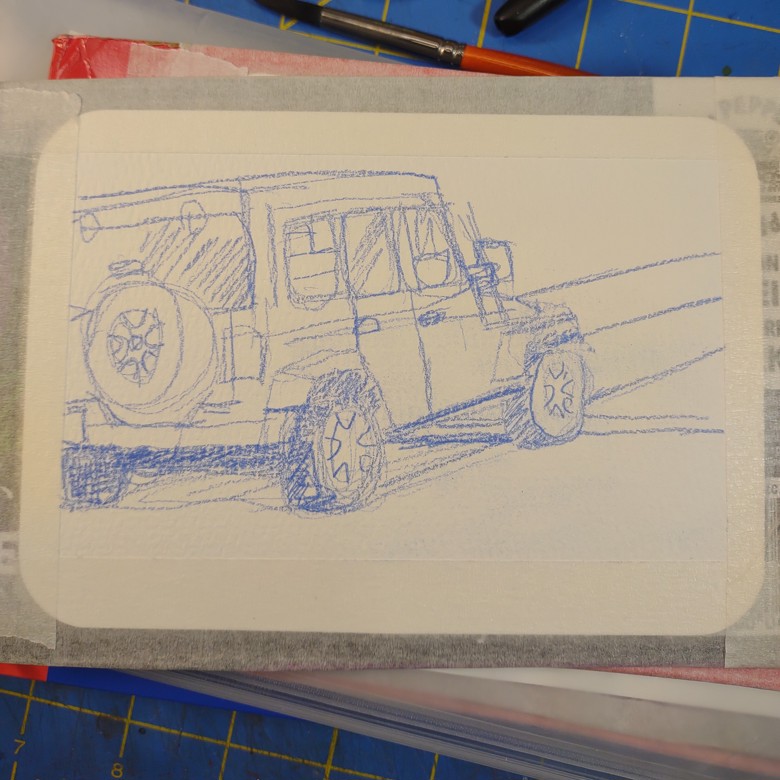
Which is the next step- watercolor. I layer on a bunch of color, often in vibrant pinks or blue. Sometimes I try to capture the boringness of the car color with mixed shades of gray. Cars are available in a huge range of colors but most of them in my area are- black, white, gray, champagne/gold, with an occasional burgundy and even more occasional blue. Rarely I see a burnt orange color or green or something else. 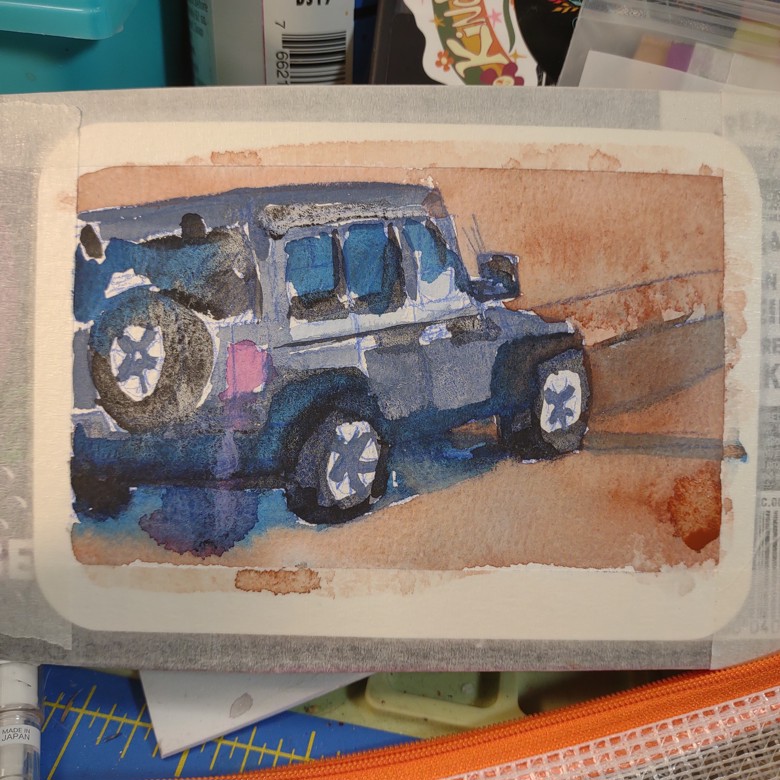
Anyway, watercolors go on. Next step I might layer on some NeoColor2. Sometimes I use my extra fine paint markers to add in black lines or white highlights.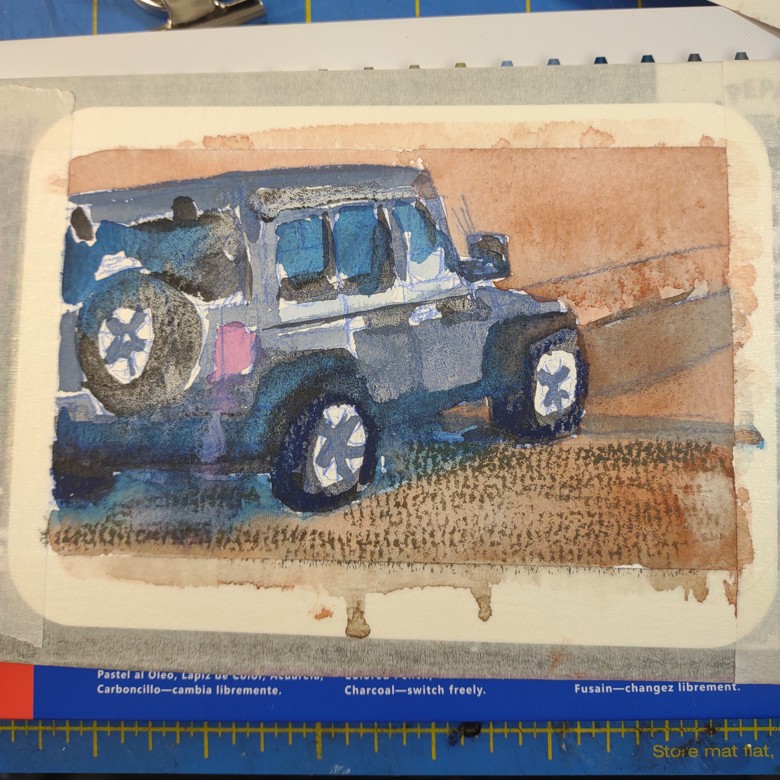
Lately I’ve been really into adding in white highlights with a china marker.
I’ve been itching to get out my fude nib pen, so I probably will soon.
After I let the paint and everything dry I peel off the tape. I have come to really enjoy the really clean edges and clean look this gives the sketch. It feels finished.
The very final step it so sign and title the piece. With these they are titled by the date and a letter. I try to letter them in the order they were drawn that day but I’m sure I mix some of them up.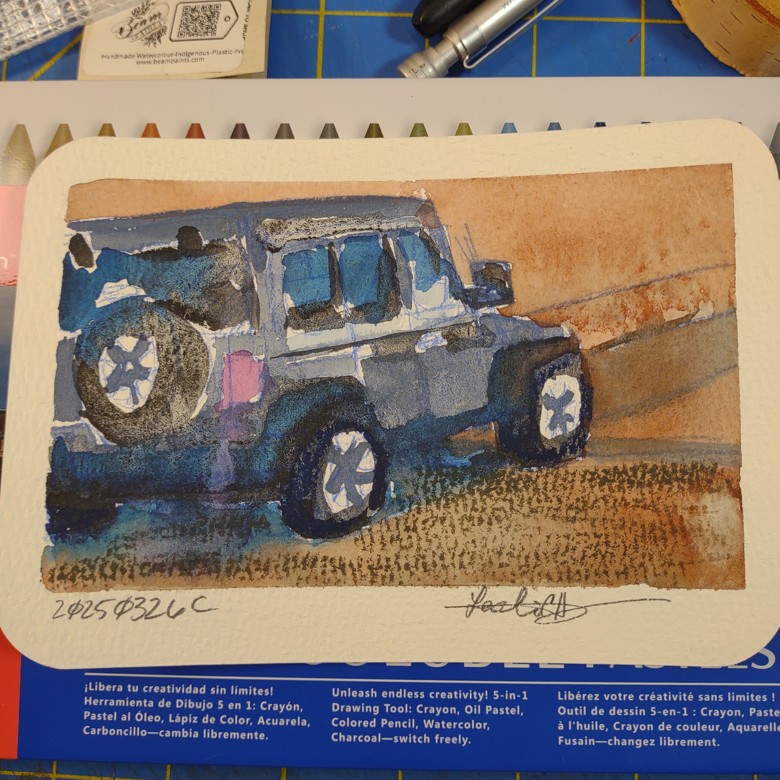
*I’m going to use the word car for all the vehicles unless I’m discussing something specific.
